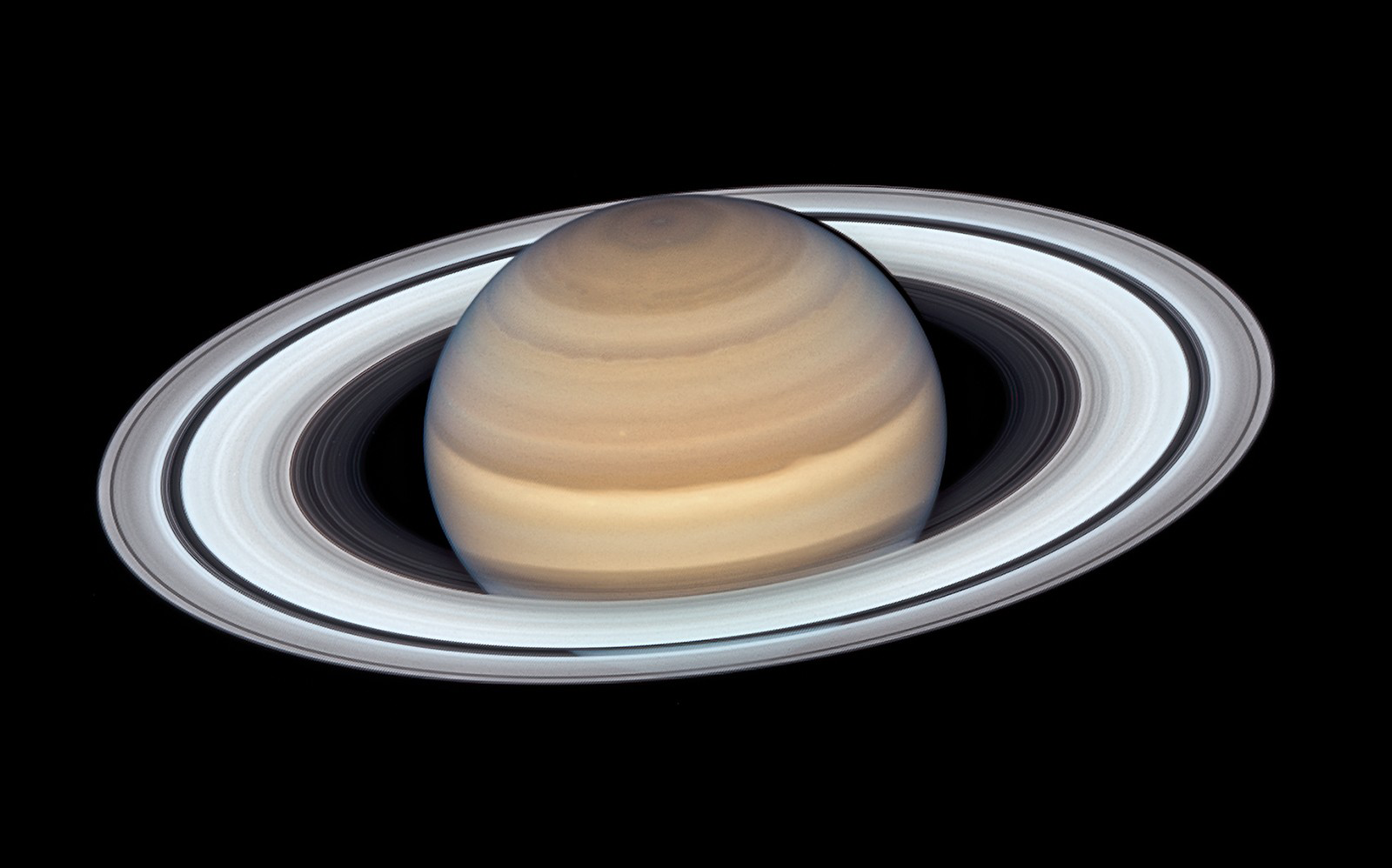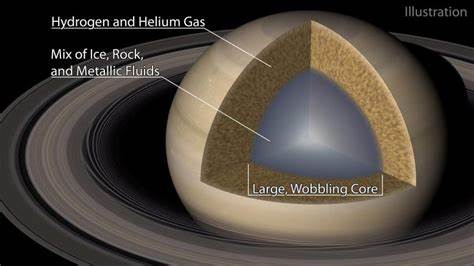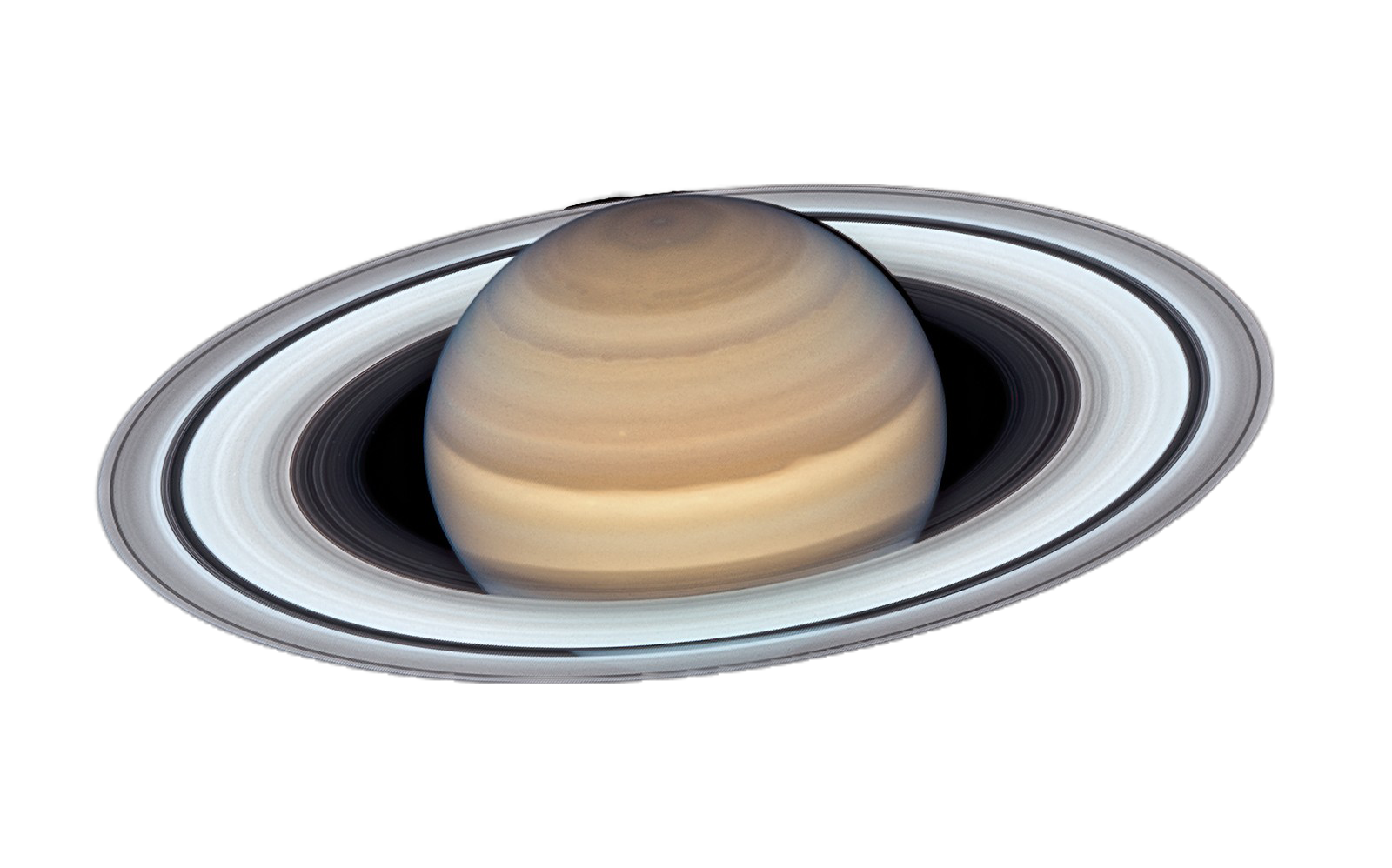
Saturn Planet
Arguably, the most beautiful planet in our solar system that has the most impressive ring system. Saturn's ring is mostly made up of chunks of ice, dust that floats around, and many moons that orbit this enourmous gas giant. This planet is made up of mostly hydrogen and exists in layers that get denser the farther in you go. The upper atmosphere of Saturn is divided into groups of clouds; the top layers have mostly ammonia ice, right below them are clouds that have water and ice, and right below that are layers of cold hydrogen and sulfur ice mixtures.
It's also worth noting that the planet has the most moons out of any other planet in our solar system. It has 150 moons that orbit the planet on its rings. It also has, what scientists call, moonlets; which are objects that look like moons but are much smaller than the average moon.
It's also worth noting that the planet has the most moons out of any other planet in our solar system. It has 150 moons that orbit the planet on its rings. It also has, what scientists call, moonlets; which are objects that look like moons but are much smaller than the average moon.
Saturn's atmosphere is made up of 96% hydrogen and 3% helium with traces of other elements like methane, ammonia, acetylene, ethan, propane, and phosphine. The winds in the upper atmosphere can reach astonishing speeds of 500 metres per second. The winds combined with the heat that rises from within the planets interior is what causes the yellow and gold bands on the planet.
Scientists believe that the core of Saturn is that of a rocky core with gases surrounding it. The temperature in this core is around 22,000 degrees farhenheit. The core is divided into three layers; inner core, surrounding layers, and outer core. The inner core is made up of iron and other material. The surrounding layers is made up of highly compressed liquid metallic hydrogen. The outer core is less dense and is made up of hydrogen and helium.
CITATIONS:
Chris Jones, "Saturn Facts", April 2020, Space Facts
Sarah Lipoff, "What is saturns core made of?", April 2017, Sciencing
CITATIONS:
Chris Jones, "Saturn Facts", April 2020, Space Facts
Sarah Lipoff, "What is saturns core made of?", April 2017, Sciencing

Saturn's Core
